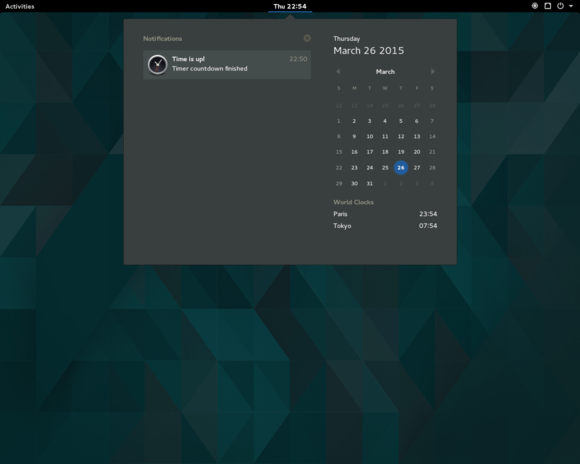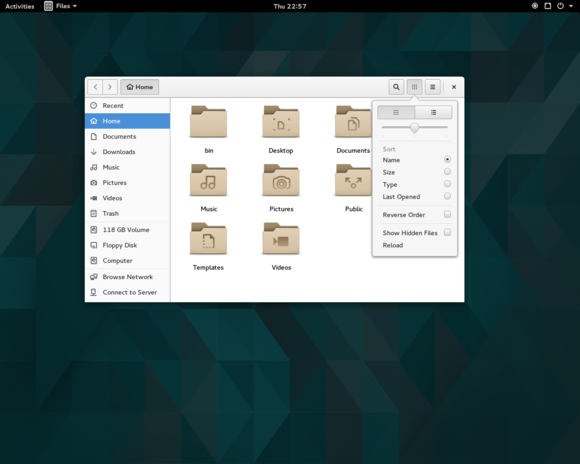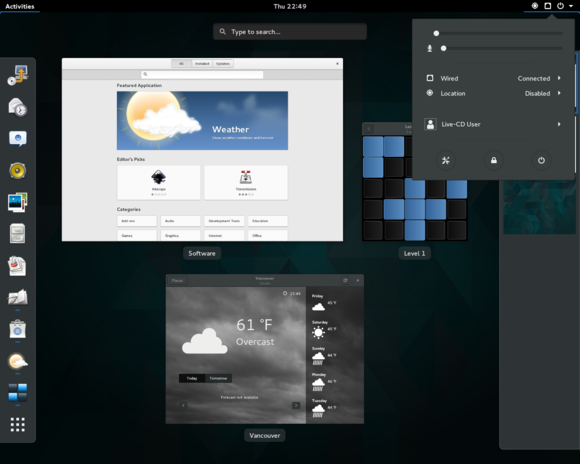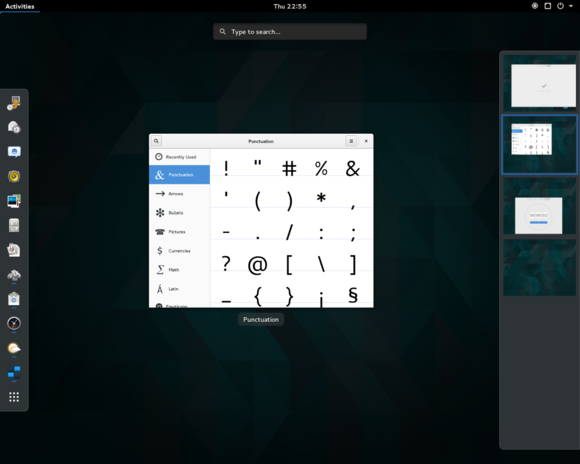In 10 years, there may be no need to check Facebook's site to see what that friend overseas is up to. You might just pick up a pair of goggles, reach out and hold her hand at her birthday party.
You won't have to actually be there. The experience could be made possible through virtual reality.
Facebook sees it as a radical and important technology that in the not-too-distant future could provide new ways to help people connect and transport them to places that are out of reach or don't even exist. Providing those experiences is among Facebook's ambitious long-term goals, along with providing Internet access through aerial drones and deepening its artificial intelligence technology to better understand what people want.
Take the birthday scenario: Using a future headset from Facebook's Oculus VR division, it might be possible for a person to watch a three-dimensional video of the event, move around the room, and with specialized sensors, touch his friend. It would be a dramatic play on the concept of teleportation, letting someone feel like they're somewhere when they're not. But Facebook just might be able to pull it off.
The company bought Oculus VR last year for roughly US$2 billion, baffling observers. Now, Facebook's VR ambitions are coming more into focus. On Thursday, Facebook and Oculus executives laid out their vision for the future of virtual reality and gave some clues about possible applications of the technology at Facebook's F8 developer conference in San Francisco.
"Moments of bringing people together is what we're trying to do at Facebook. It's the core of our mission," whether those are real or virtual, said Mike Schroepfer, chief technology officer at the company, during a keynote talk at the conference.
The company is already tinkering with virtual presence. At the event, attendees could strap on the Samsung Gear VR, made in partnership with Oculus, and see a real-time, 360-degree view of Facebook's campus in nearby Menlo Park. Facebook had six GoPro cameras set up on the campus and stitched together the views from them to create the experience.
The concept of virtual presence is not new, and virtual reality has had its share of stumbles over the years. Virtual Boy, the gaming console released by Nintendo in the mid-nineties, sought to provide a more immersive experience than other consoles of the time, transporting users into the game with a screen that covered the gamer's entire field of vision. But many users just got headaches or became nauseated. Virtual Boy was only out for a year before it was discontinued.
Will it take a social networking company to do it right? The details of Facebook's VR plans aren't clear. But it's clear that Facebook sees virtual reality as an extension of social networking, and perhaps more. Until now, many of the ideas about consumer uses of virtual reality have revolved around gaming and entertainment, like the ability to watch a concert in a full 360-degree view. Facebook has broader goals.
In time, virtual reality could expand the experience of the Facebook timeline, with new ways for people to interact with each other, said Michael Abrash, chief scientist at Oculus, during a talk on Thursday at F8.
Schroepfer, Facebook's chief technology officer, shared a video of him blowing out the candles on his 40th birthday. Virtual reality could let others share and partake in that experience, he said.
We're at the point now where the technology is on its way to making that possible, and it's becoming cheaper, Abrash and Schroepfer said. The Oculus Crescent Bay headset, for example, provides a 360-degree field of view by connecting with a camera that knows when you turn around. You can explore a chamber in an imaginary castle like you would explore an unfamiliar place in real life.
Trying out Crescent Bay at F8, I found myself reaching out with my hands, wanting to grab things like a dragon's tail or some other unreal creature. But the system could not register my hand movements; instead I ended up grasping the wall in front of where I was actually standing.
That lack of tactile feedback is an aspect of the technology that needs to be improved. Also, the ability to see your virtual self, possibly as an avatar, is an area ripe for development, Abrash said.
Crescent Bay is one prototype of the device Oculus has been working on for years, called the Rift. Some early versions of the Rift have shipped to developers and to early Kickstarter backers, but it hasn't gone on sale yet.
Facebook focused on virtual reality at F8 to get developers interested in the concept and inspire them to create applications.
Attendees seemed excited about Facebook's plans to provide social, immersive VR experiences. At least a few were cautiously optimistic that the company could pull it off.
"They seem determined," said Patrick Bottne, CEO at AppSpotr, which provides tools to help developers build apps.
Meanwhile, other companies are also becoming active in virtual reality, sensing a market. Competitors include Sony, with Project Morpheus, Microsoft, with HoloLens; and perhaps even Google, which is said to be developing a virtual reality version of Android.
But Facebook is well-positioned to produce something that gains mainstream acceptance, partly because of its acquisition of Oculus and its ties to the larger developer community, said Brian Blau, an industry analyst at Gartner who has been tracking virtual reality for more than 20 years.
It might just take a while for something big to happen, he said. "What will the killer app for VR be 10 years from now? The truth is we don't know yet," he said.












 Image: Vector (screenshot)
Image: Vector (screenshot)